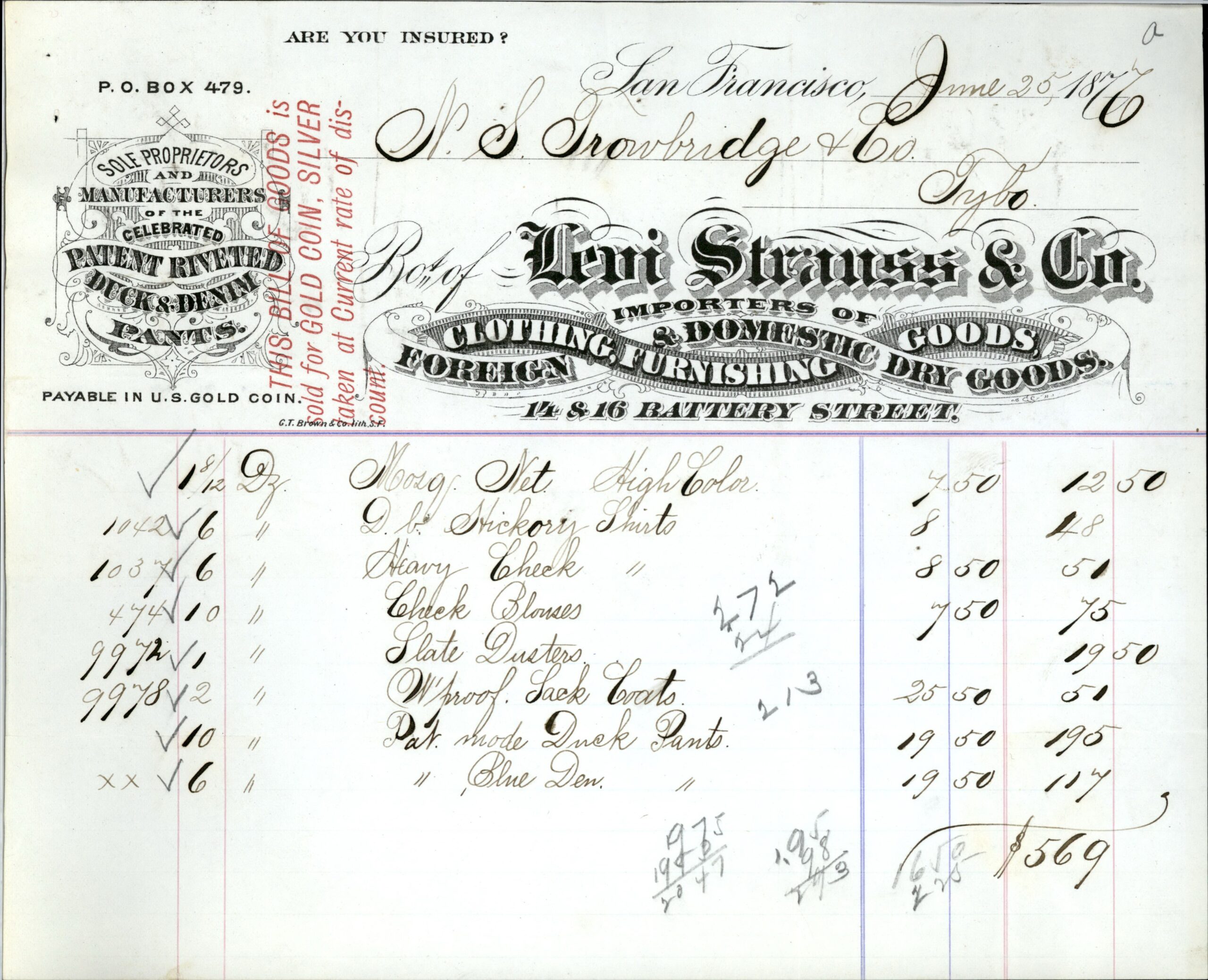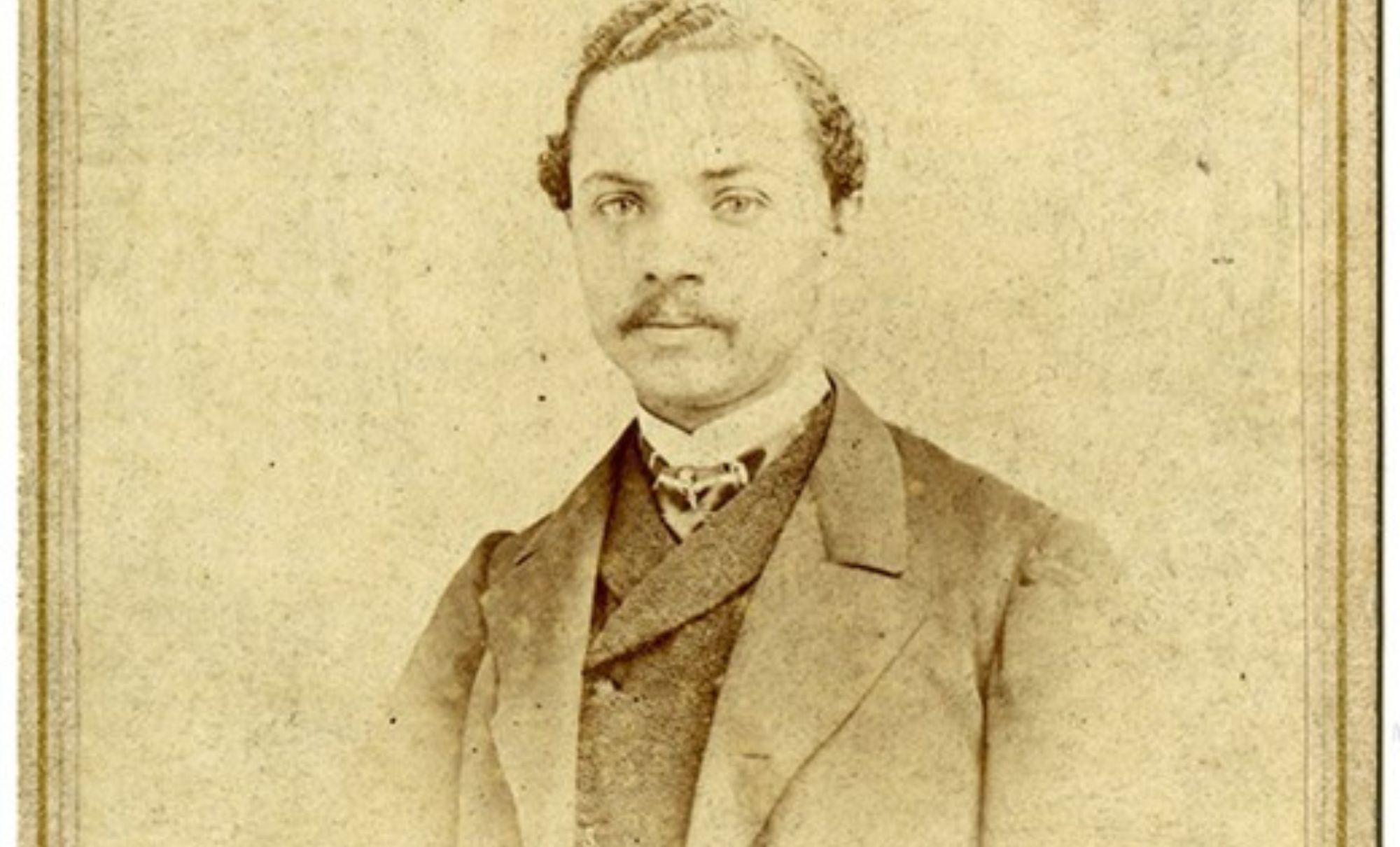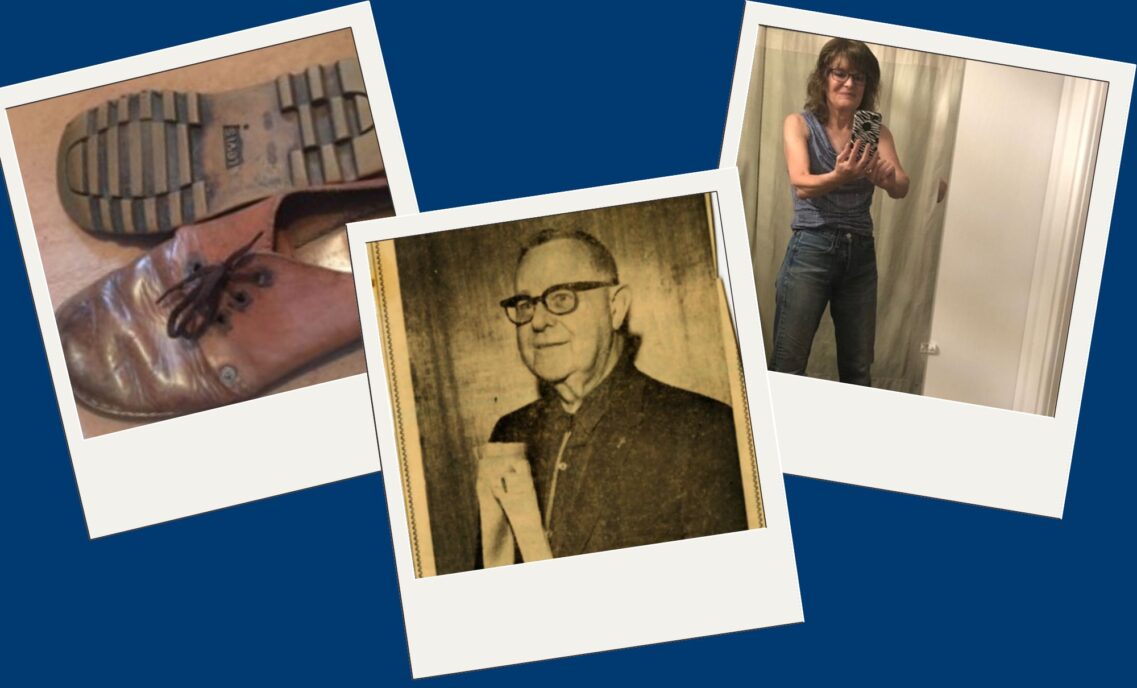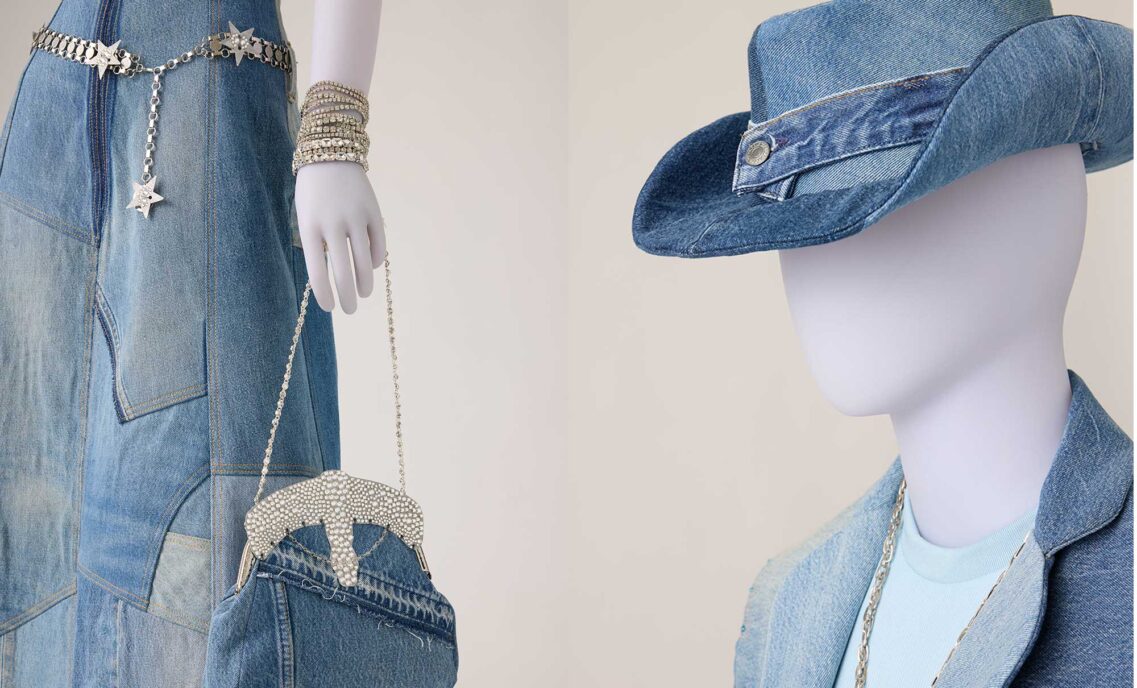This Black History Month we’re exploring the creative minds of LS&Co.’s Black creators. You’ve already learned about some members of Project Onyx, our Black employee resource group. Now we’re spotlighting one of LS&Co.’s first Black creators: Grafton Tyler Brown.
Born in Pennsylvania in 1841 to free African American parents, Grafton Tyler Brown came to California in 1858 in search of work. He eventually settled in San Francisco and started working with lithographer Charles Kuchel. Although he had no formal training, Grafton, a gifted artist, soon excelled at the printmaking technique, which involves applying ink to an engraved metal or stone plate so that the work can be duplicated more easily.
When Charles Kuchel passed away in 1864, Grafton purchased his lithography business and went on to produce maps, invoices and other lithographic work for businesses throughout the western United States. Grafton soon had a thriving working relationship with the city of San Francisco, lending his skills to iconic companies such as Ghirardelli Chocolate, Wells Fargo, Folger Coffee Company (then J.A. Folger & Co.) — and of course, Levi Strauss & Co.

While much of Grafton’s work was lost during the 1906 earthquake and subsequent fire, a handful of his lithographic pieces can still be seen today. Among them are four LS&Co. invoices preserved in the LS&Co. Archives, all dating to the late 1870s, just a few years after the company began manufacturing its iconic riveted products.
Produced using a lithography stone, Grafton created two ornately lettered focal points on his LS&Co. invoices to identify both the company and its key manufactured product. The words “Levi Strauss & Co. Foreign & Domestic Importers, Clothing, Furnishings, Goods” and “Patent Riveted Duck & Denim Pants” can be seen printed above beautifully penned handwritten notes — three of which were used by retailer N.S. Trowbridge — about the purchased products.
Grafton’s invoices for LS&Co. were utilitarian but distinctive. His bold lettering and flourishes emphasized the firm name, while varying font sizes marked key information, such as our original Battery Street address. Less important details like, “Are You Insured?” in a smaller printed font marked important reminders to retailers but weren’t vital information to know when purchasing goods from Levi Strauss.
Grafton eventually sold his printing business to his partner, William T. Galloway, who continued to produce invoices for LS&Co. under his own name. Several Galloway invoices can also be found alongside Grafton’s in the Archives.
Today, Grafton is considered one of the most talented Black artists and illustrators of his day and is recognized for his work as a cartographer and landscape painter as well as his lithography. In addition to the LS&Co. Archives, his works are housed in archives in Victoria, British Columbia; Tacoma, Washington; and California, including at the California Historical Society.
Portrait of Grafton Tyler Brown courtesy of Portraits Collection, California Historical Society.







